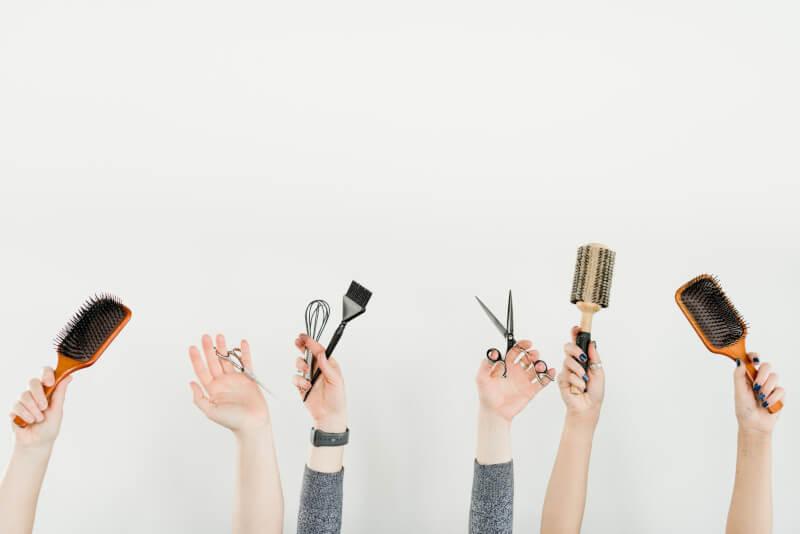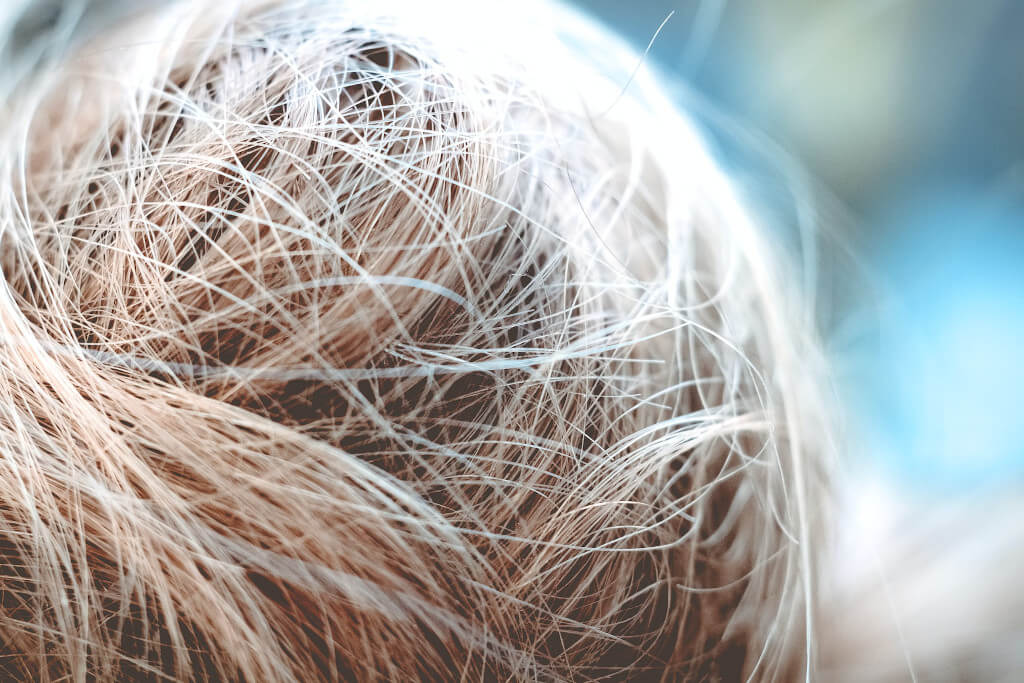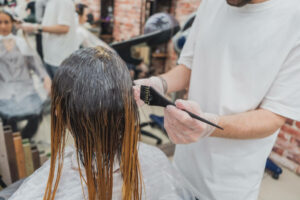Are you looking for hair that is healthy, moisturized, and full of volume? If this is the case, you have most likely come across the phrase “low hair porosity” in your research. But first, let’s define low hair porosity, shall we? This term describes the extent to which your strands hold and absorb moisture, and it has the power to determine anything from the best brands for your hair to the hairdos that look best on you.
You can get a head start on providing the best possible care for your hair by first educating yourself about low-porosity hair, how to recognize it, and how to treat it by reading up on the topic.
What Does It Mean for Hair to Have Porosity?
You could be asking yourself, “What exactly is hair porosity at this point?” Porosity, in its most basic form, refers to the ability of your hair to absorb and retain moisture, analogous to the way a towel can be used to soak up a water puddle on your floor or a water-resistant overcoat can assist in keeping your skin dry during a downpour. When it tends to come to your natural hair, the outermost layer, also known as the hair cuticle, does have the final say in the amount of water, styling products, and hair oil that it is capable of absorbing.
This cuticle is made up of multiple cuticles joined together. Instead, it is composed of several cuticles that intersect one another and is composed of cell membrane structures. The volume of liquid that can penetrate and surpass its inner lining is proportional to the quantity of space that exists between these cuticles:
- Your hair’s natural color and thickness are both influenced by the cortex, which is located in the middle layer of your strands of hair.
- The medulla is the deepest layer of your hair strand and can be seen most clearly in thicker hairs.
- Low porosity, medium porosity, and high porosity are the typical classifications used to describe the degree to which hair is porous.
- Your hair’s porosity, irrespective of where it lands on this spectrum, is the most important factor in determining how it can act (or misbehave). If you are aware of where you stand, you will be better able to determine the method that will provide the most optimal care for your tresses.
What Exactly is Meant by “Low Porosity”?
Because of their proximity to one another, the cuticles on the outer surface of your hair have a low porosity, which makes it challenging for water and other substances to permeate the hair and reach the layers beneath it. This is not at all a negative thing; when it comes into contact with moisture, your hair simply requires a little bit of encouragement.
Reasons Why Your Hair Has Low Porosity
It is essential to keep in mind that porosity in hair is a hereditary issue when discussing the topic. Nevertheless, the porosity of your hair can fluctuate over time based on factors such as access to heating instruments, extreme brushing, environmental damage, and the amount of sun exposure. What’s the upbeat report? There remain efficient techniques available for maintaining the health, maintainability, and smoothness of your hair.
Indications That Your Hair Has a Low Porosity
You most likely have a good understanding of the texture of your hair, regardless of whether it is extremely thin and straight or exceptionally thick and curly. Its porosity is something that might not be as obvious. The following are common characteristics of hair with low porosity:
Postponed Wetness
When you take a shower, do you find that you need to invest substantially more time there than your housemate or fiance does so that you can entirely drench your hair? It may take up to a minute to completely saturate hair with low porosity since the hair “resists” the water instead of “welcomes” it.
Extended Drying Time
If your hair has low porosity, this could take longer to dry it using a blow dryer or by letting it air dry, even though your hair is on the finer end of the spectrum. Low-porosity hair not only allows less moisture to enter but also allows less moisture to leave.
Products Have a Tendency to “Linger” on Your Hair
We are all familiar with this sensation: after applying shampoo or a hair styling product to our hair, we notice that the product is still present on the outer layer of our hair. This can impart an unpleasant stickiness and weightiness to the hair that is not desired. It may also leave an unpleasant coating and accumulation on your hair, or it may cause your strands to become rigid. Once more, this is because hair with low porosity has a difficult time absorbing whatever is applied to it.
How to Determine Whether or Not Your Hair Has a Low Porosity
In addition to keeping a close eye out for the indications that we just discussed, you can evaluate whether or not you possess low-porosity hair by conducting a series of tests, which are as follows:
Float Test
- After removing a few tresses of clean, dry hair from the ponytail, drop them into a cup that has been filled with water.
- If your strands are floating close to the surface of the water, this indicates that your hair is less absorbent because the cuticles are smooth and your hydrophobic outermost layer is unbroken. Your hair is more absorbent if your hands slide down to the bottom of the container fast.
- Ensure to use water at room temperature, as hot water opens the cuticle of the hair, which can induce all strands, irrespective of their porosity, to trap moisture and submerge to the bottom of the wash basin.
Examination of a Spray Bottle
- Apply some of the mist from the spray bottle to a portion of your hair, and then monitor how it reacts.
- If the moisture beads up on your hair instead of moving into it, this is an indication that your hair is nutritious. This indicates that your cuticles are densely compacted together and that your hydrophobic outermost layer is still undamaged.
- It is crucial to bear in mind that the outcomes of these at-home tests could be inaccurate. There are several hair care suggestions that you should follow if you believe that you have hair with a low level of porosity. Below you will find a list of a few that, although they may be helpful for low-porosity hair, really aren’t limited to only helping low-porosity hair.
Care Instructions for Low-Porosity Hair

When it comes to maintenance, strands of hair with low porosity require a little bit more tender loving care than those with medium porosity. If you want your hair to be able to retain more moisture, you should follow these tips for caring for it:
Make Use of Shampoos That Are Clarifying
The care that you give your hair while you’re in the bath may have a significant effect on the resiliency and shine of your hair. It is recommended that you use a clarifying shampoo on your hair to remove the products, grime, and oil which have accumulated on the cuticle of your hair. In addition, clarifying shampoos can assist in protecting your hair follicles from the potentially harmful effects that product buildup could have on the scalp.
Avoid Products That Are Heavy and Opt Instead for Ingredients That Are Light and Moisturizing
Heavy products such as butter and creams can add to product accumulation and possibly impact the hair’s overall health by attempting to prevent moisture and other goods from permeating the cuticle layer of the hair. When you use products that are lightweight and moisturizing, the minute spaces that exist between the “scales” of your hair cuticles will have a better chance of taking in the ingredients.
Treatments for damaged hair, have a smooth consistency that works well with hair that has a low level of porosity. In addition to that, it assists to seal the cuticle of your hair, which results in less hair breakage and a greater lustrous glow. Visit this page to find a conditioner to help repair damaged hair.
Stop the Product Accumulation
If your hair has a low level of porosity, you might be tempted to use an excessive amount of products on it in the belief that at least some of them will be absorbed by your hair and improve its appearance and level of hydration. The use of products that only sit on top of the cuticle of your hair, as well as an overabundance of shampooing and deep conditioning, can give your hair a lifeless aesthetic. Rather, employ products with a lighter touch and choose the products you use with great care. The strands of your hair will feel soft to the touch after using a hair strengthener.



